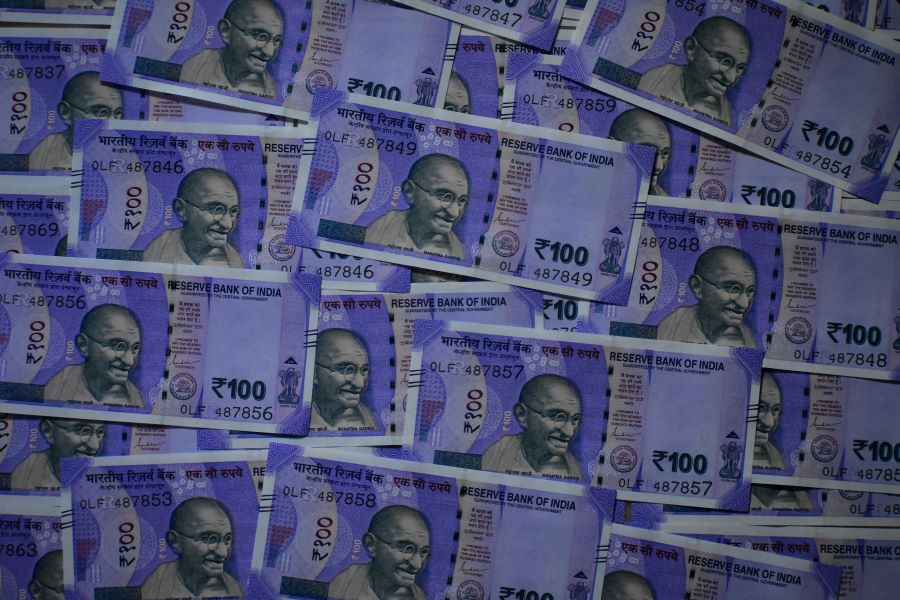The Reserve Bank of India (RBI) serves as the central banking institution in India, responsible for overseeing the country’s monetary policy and ensuring financial stability. One of the key tools utilised by the RBI to regulate the flow of credit in the economy is the Credit Control Policy. This policy encompasses a range of measures aimed at managing the availability, cost, and use of credit to achieve specific economic objectives. In this blog, we will delve into the Credit Control Policy of the RBI, its importance, implementation, and impact on the economy.
Also Read: Asset Protection Strategies to Consider
Understanding the Credit Control Policy of RBI
The Credit Control Policy of the RBI is a strategic framework designed to influence the flow of credit in the economy through various mechanisms. This policy is crucial in achieving macroeconomic goals such as controlling inflation, promoting economic growth, and ensuring financial stability. By adjusting the availability and cost of credit, the RBI can regulate economic activity and curb excessive borrowing, thus contributing to a balanced and sustainable economic environment.
Key Components of the Credit Control Policy
The Credit Control Policy of the RBI comprises several instruments and techniques to manage credit flow effectively. Some of the primary tools utilised by the RBI in implementing credit control measures include:
Repo Rate: The Repo Rate is the rate at which the RBI lends money to commercial banks. By adjusting the Repo Rate, the RBI can influence borrowing costs for banks, thereby impacting lending rates in the economy.
Reverse Repo Rate: The Reverse Repo Rate is the rate at which the RBI borrows money from commercial banks. Changes in the Reverse Repo Rate can help the RBI manage liquidity in the banking system.
Also Read: How To Avail A ₹50000 Loan On Pan Card Verification?
Cash Reserve Ratio (CRR): The CRR is the percentage of a bank’s total deposits that must be maintained with the RBI in cash reserves. Adjusting the CRR helps regulate the liquidity available to banks for lending purposes.
Statutory Liquidity Ratio (SLR): The SLR is the percentage of a bank’s net demand and time liabilities that must be maintained in liquid assets like cash, gold, or government securities. By altering the SLR, the RBI can control the liquidity position of banks.
Importance of Credit Control Policy
The Credit Control Policy of the RBI plays a vital role in maintaining financial stability and fostering economic growth. By managing credit flow, the RBI can influence inflation, interest rates, and overall economic activity. Effective credit control measures help in curbing excessive borrowing, promoting responsible lending practices, and ensuring the stability of the financial system.

Also Read: Income Impacts on Your Credit Score
FAQs About Credit Control Policy of RBI
What is the Credit Control Policy of RBI?
The Credit Control Policy of the RBI refers to the set of measures and tools used by the central bank to regulate the availability, cost, and use of credit in the economy to achieve specific economic objectives.
How does the RBI implement the Credit Control Policy?
The RBI implements the Credit Control Policy through instruments like Repo Rate, Reverse Repo Rate, Cash Reserve Ratio (CRR), and Statutory Liquidity Ratio (SLR) to manage credit flow and influence economic conditions.
What are the objectives of the Credit Control Policy of RBI?
The primary objectives of the Credit Control Policy of RBI include controlling inflation, managing interest rates, ensuring financial stability, and promoting sustainable economic growth through effective credit regulation.
Why is the Credit Control Policy important for the economy?
The Credit Control Policy is essential for maintaining economic stability by managing credit flow, preventing overheating of the economy, curbing inflationary pressures, and promoting responsible lending practices among financial institutions.
How does the Credit Control Policy impact businesses and consumers?
The Credit Control Policy influences borrowing costs, interest rates, and access to credit for businesses and consumers. Changes in credit control measures by the RBI can affect investment decisions, spending patterns, and overall economic growth in the country.



